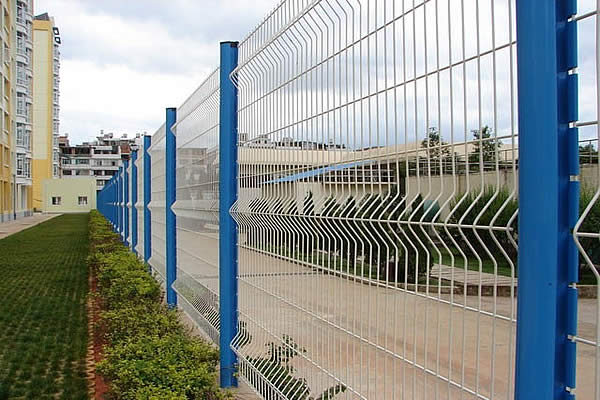 TEL:
+86-13102802206
TEL:
+86-13102802206
 Email:
fencenetting@china.com
Email:
fencenetting@china.com
 Language
Language
 TEL:
+86-13102802206
TEL:
+86-13102802206
 Email:
fencenetting@china.com
Email:
fencenetting@china.com
 Language
Language


Temporary Event Fencing An Essential Solution for Public Gatherings
In today's increasingly event-driven society, organizing public gatherings, festivals, sports events, and concerts requires meticulous planning, where safety and crowd management are paramount. One crucial aspect of event management that often deserves more attention is the implementation of temporary event fencing. This infrastructure not only defines the boundaries of the event but also ensures the security, safety, and overall satisfaction of attendees.
Understanding Temporary Event Fencing
Temporary event fencing is a type of barrier that can be quickly installed and removed to create a secure environment. Unlike permanent fencing solutions, temporary fencing is designed for short-term use, making it ideal for special events that may occur over a few days or weeks. The materials used in temporary fencing can vary, with options including chain link, fabric barriers, and plastic or metal panels. Each type of fencing serves different purposes, from maintaining crowd control to enhancing security.
Why is Temporary Fencing Important?
1. Crowd Control One of the most significant challenges faced during large events is managing large crowds. Temporary fencing guides the flow of attendees, helping to avoid bottleneck situations that can lead to chaos. By establishing clear entry and exit points, organizers can effectively manage the movement of people, ensuring a smooth and enjoyable experience for everyone involved.
2. Security Security threats are a critical concern for any event organizer. Temporary fencing acts as a deterrent against unauthorized access and minimizes the risk of security breaches. By securing the perimeter, organizers can maintain a safe environment and protect not only the participants but also the surrounding community.
3. Safety In addition to controlling crowds and enhancing security, temporary event fencing also contributes to the overall safety of the event. It helps keep attendees away from hazardous areas such as stages, equipment zones, or restricted access points. Furthermore, in the case of emergencies, well-placed fencing can aid in directing people to evacuation routes, ensuring that the event concludes without incident.
4. Defining Boundaries Temporary fencing clearly delineates the event area, helping to establish a sense of exclusivity and control. This is particularly vital for ticketed events, where attendees need assurance that they are entering a secure space. Moreover, defining boundaries helps to keep disruptions from passerby traffic, protecting both event-goers and the public.

5. Versatility Whether it is a music festival, a marathon, a trade show, or a community fair, temporary fencing can be customized to fit various event needs. Organizers can choose from different heights, materials, and designs to match the event's theme. Additionally, the fencing can serve as a canvas for branding, allowing sponsors and organizers to promote their logos and messages effectively.
Best Practices for Implementing Temporary Fencing
For event organizers considering the use of temporary event fencing, several best practices should be followed to maximize effectiveness
- Assess the Venue Understanding the layout and specific requirements of the venue is crucial in determining where fencing should be placed. Consider factors such as access points, emergency exits, and potential risk areas to create a comprehensive fencing plan.
- Hire Professionals Engaging experienced providers who specialize in temporary event fencing ensures that the installation is done correctly and safely. These professionals can offer guidance on setup, maintenance, and take-down procedures.
- Conduct Regular Checks Throughout the event, it's vital to regularly inspect the fencing for any signs of damage or wear. Addressing issues promptly can prevent safety concerns from escalating.
- Create Clear Signage In conjunction with fencing, effective signage can enhance understanding and compliance among attendees regarding designated areas, entry points, and safety protocols.
Conclusion
Temporary event fencing is an invaluable asset for anyone looking to organize a successful public gathering. By providing crowd control, safety, and security, it allows event organizers to focus on delivering a memorable experience without compromising attendee well-being. As the world continues to embrace the significance of gatherings, investing in temporary event fencing will undoubtedly remain a critical component of event management strategies.